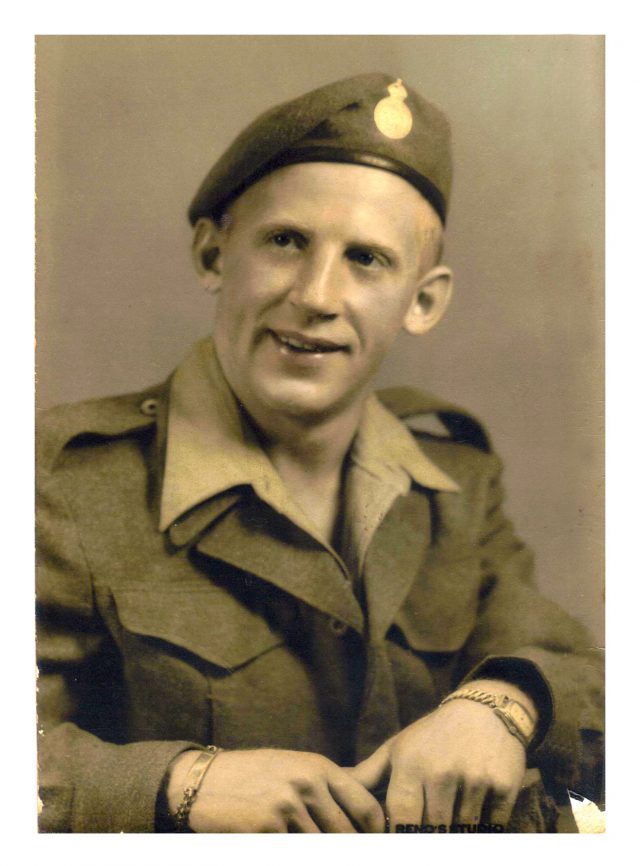Hockey-loving veteran Bruce Nichol (1927-2014) lived a rich life despite trauma of Korean War experiences
Bruce Dallard Nichol was born on 14 December, 1927, the youngest of 13 children of Sam and Nellie Nichol.
Sam Nichol worked in the logging camps of the Upper Ottawa Valley and with the Canadian Pacific Railway.
Bruce’s early days were right out of Huck Finn. Summer days were spent on the Ottawa River swimming among the log booms. In winter, the Ottawa provided the perfect environment to hone his hockey skills.
Frozen “horse balls” became pucks and broken sticks were held together with tin from apple juice cans. A missed shot on goal could end up over in Hull. The hours of river hockey paid off. At 15, he was asked to play for the Ottawa Senior Senators, a men’s team in the Quebec Hockey League.
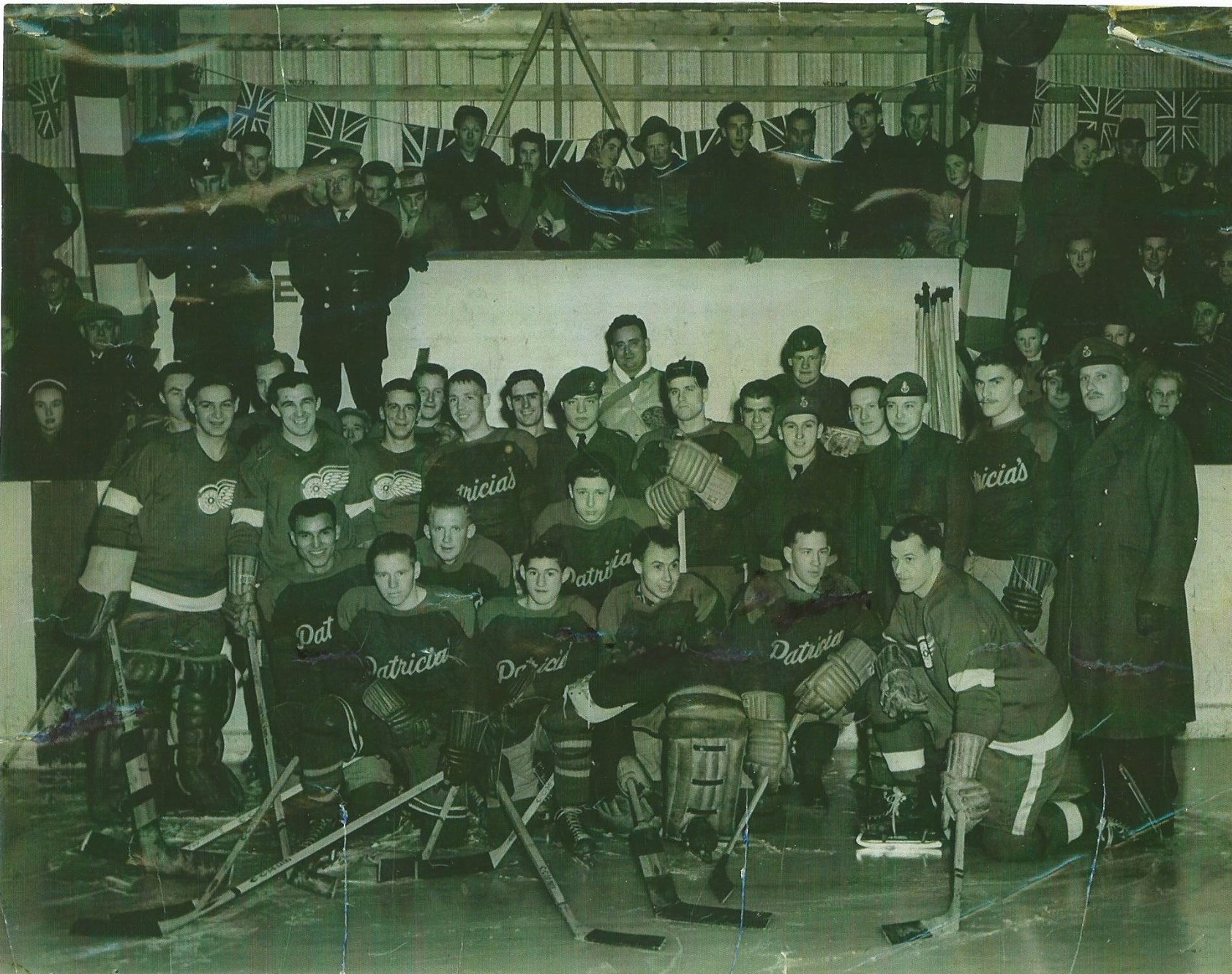
After graduation from Ottawa Technical High School, Bruce was hired by the Canadian Pacific Railway
as a machinist’s apprentice. At the outbreak of the Korean War in 1950, Bruce enlisted in the Canadian Army.
Bruce wanted a taste of the adventure and glory that his brothers experienced in the Second World War. Like most of the volunteers, he knew nothing of Korea or the reasons for the conflict.
Bruce joined the Princess Patricia’s Canadian Light Infantry, 2nd Battalion in Calgary for boot camp.
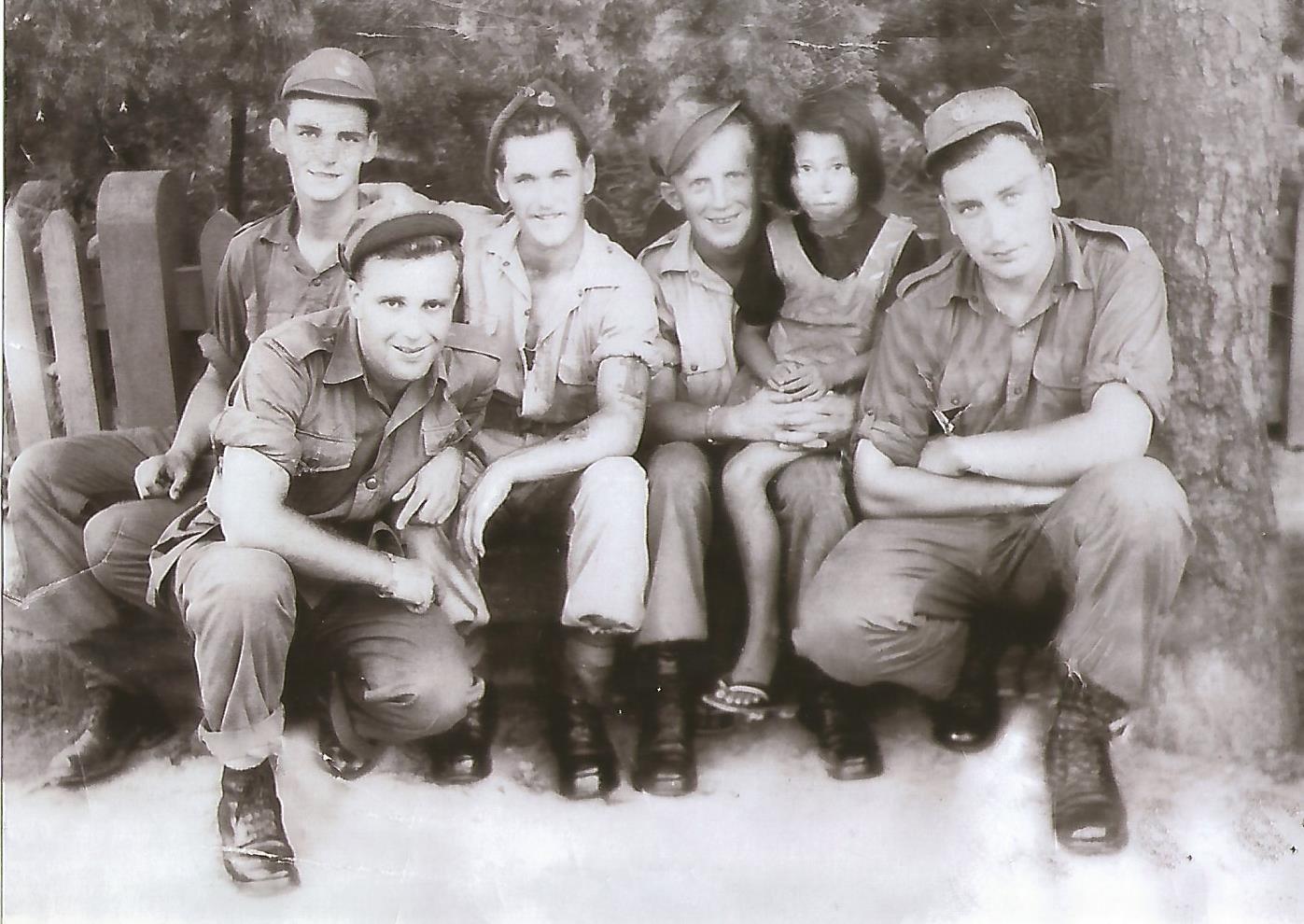
After six weeks of further training at Fort Lewis, Washington, they were shipped off to Pusan, Korea in the fall of 1950.
Bruce’s battalion fought its way to Kapyong and dug in on the side of Hill 677 overlooking the Kapyong River with the Chinese army on the opposite bank.
His four-man Bren gun team spent the winter in a fox hole. The biting cold and wet uniforms were the main enemies until the night of 24 April, 1951, when the Chinese army attacked Hill 677.
Bruce and his mates were on point and were the first troops to face the enemy. After hours of fierce fighting, their position took a direct hit. Bruce’s three comrades were killed. Bruce was saved by being knocked over and covered by one of his friend’s bodies — something that would haunt him to his grave.
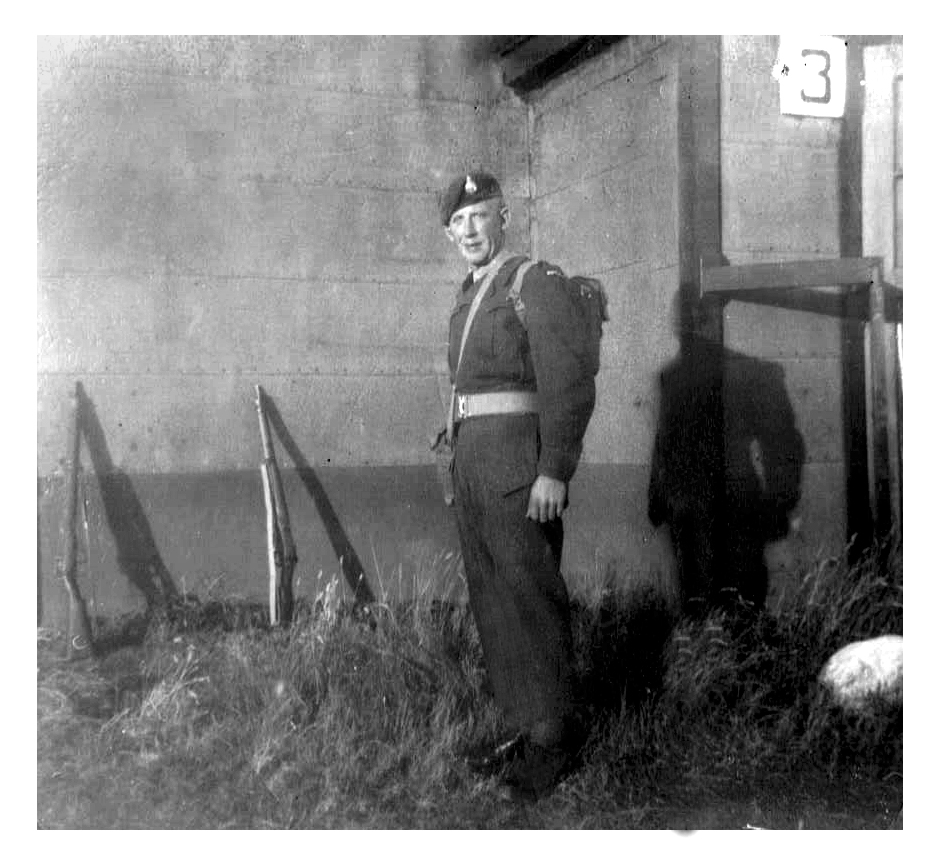
He did sustain severe shrapnel wounds and was medevaced to a hospital in Japan.
Seven hundred Canadians fought off 5,000 Chinese troops in the Battle of Kapyong becoming one of Canada’s most famous military victories.
Once recovered, Bruce was shipped back to Camp Borden, Ont. in 1953. Bruce’s commander knew he was a talented hockey player. The commander bought Bruce his first new pair of skates to entice him to play for the army hockey team in an exhibition game against the Detroit Red Wings and future Hall of Famers Gordie Howe, Ted Lindsay and Terry Sawchuk. He always claimed he couldn’t remember the final score, but he did say that he gave a few of them a “good whap.”
Despite pleas from the camp commander to stay on to play hockey, Bruce returned to Ottawa in 1953.
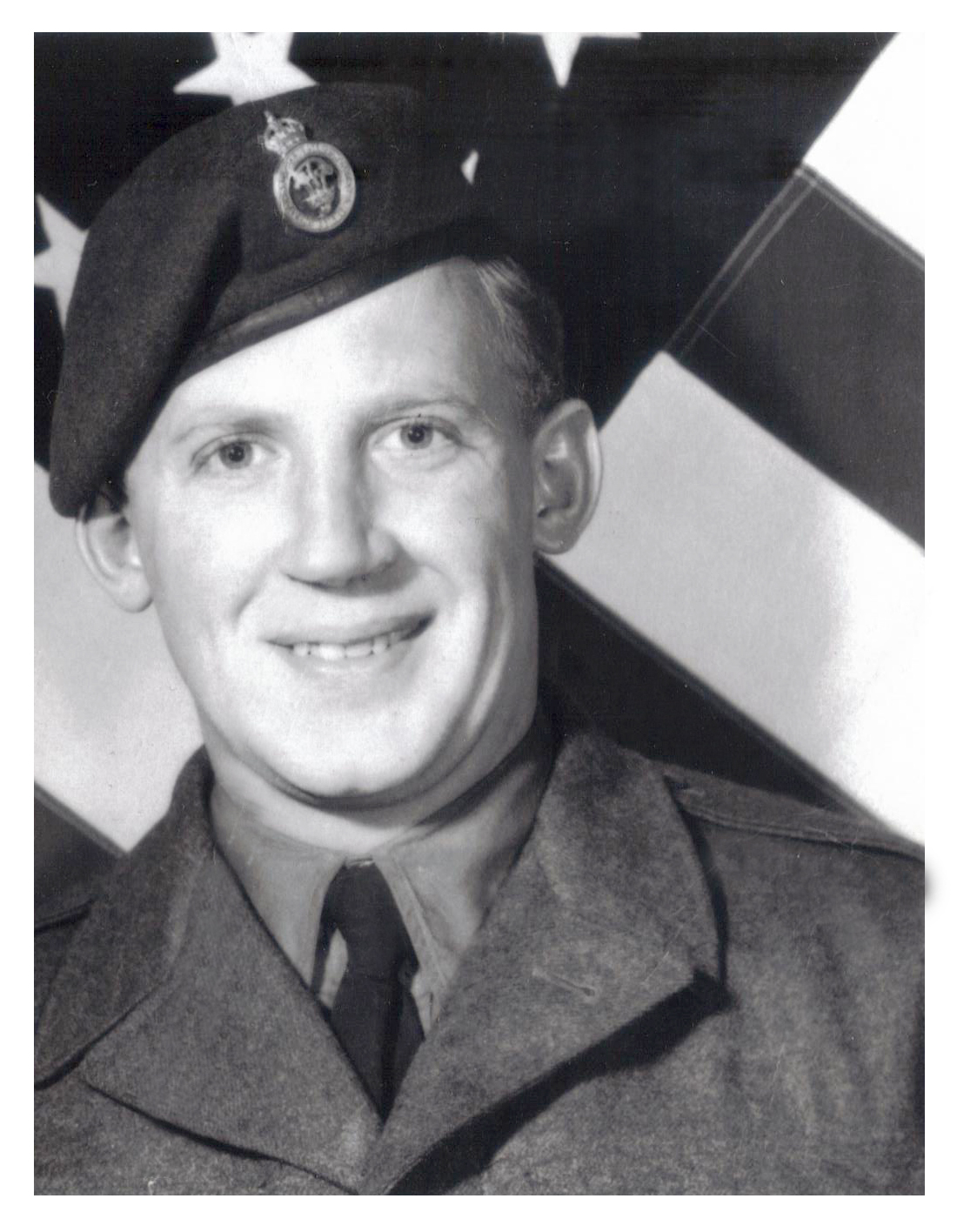
There was no glory or adulation. Korean vets were hardly acknowledged. Their sacrifice was considered a “UN police action” and not war.
Years later when asked about his time in Korea, he would start to tell the “war stories” but could never finish. There was too much pain.
Bruce found employment at Clark’s Dairy and married Jeanette Belleville on 17 July 1954. On 12 September, 1955 Susan Elizabeth was born and four years later on 6 April, 1959, Barry Bruce Nichol.
Bruce and Jeannie took in foster children from Children’s Aid, some of the kids had special needs but there was always room for one more at the Nichol household.
In 1961 Bruce took a job at the Texaco plant in Nepean. He was tireless and conscientious — always willing to help a fellow worker, never taking a sick day and always on time. In 1962 Bruce and Jeannie bought their home at 21 Westwood Dr. in Nepean.
Bruce was a man of many talents and interests. He loved music. He loved to spend summers at his trailer on Muskrat Lake where he enjoyed fishing, boating and playing golf. He coached girls’ softball and boy’s hockey.
In his middle years Bruce caught the collecting bug, pillaging yard sales, farm sales and auctions. He collected everything — from tiny medicine bottles to antique cars. As a young child at Connaught Public School, Bruce was often commissioned to paint posters or anything that needed his artistic flare. He taught himself to paint with oils, acrylics and water colours.
Years later, Bruce sold a number of his paintings, but he took more delight in giving them to family and friends and seeing the joy his art brought.
Another one of Bruce`s interest was sports, especially hockey and in particular the Ottawa Senators. He never missed a game and would always call after the game to conduct our post-mortem.
In 2012, Bruce was diagnosed with Alzheimer’s disease and post-traumatic stress disorder. We always knew that Bruce was a tough little nut (he once pulled out an aching tooth in his workshop with vice grips), but to continue to function for 60 years and suffer in silence is unimaginable.
In the summer of 2013, Bruce was diagnosed with terminal cancer, attributed to his exposure to asbestos during his time with the Special Forces.
Bruce Nichol passed away at the age of 86 on 27 May, 2014 in the Perley and Rideau Veterans Health Centre. Although Bruce’s visible wounds healed and he lived a rich life, the wound in his soul and the memory of war never left him.
I miss you Coach.
Love Ron
— Ron Allen was Bruce Nichol’s son-in-law and friend
By: Ron Allen

